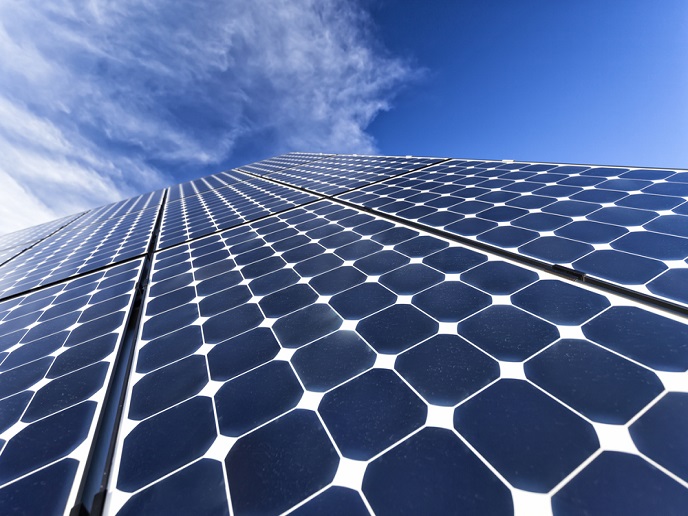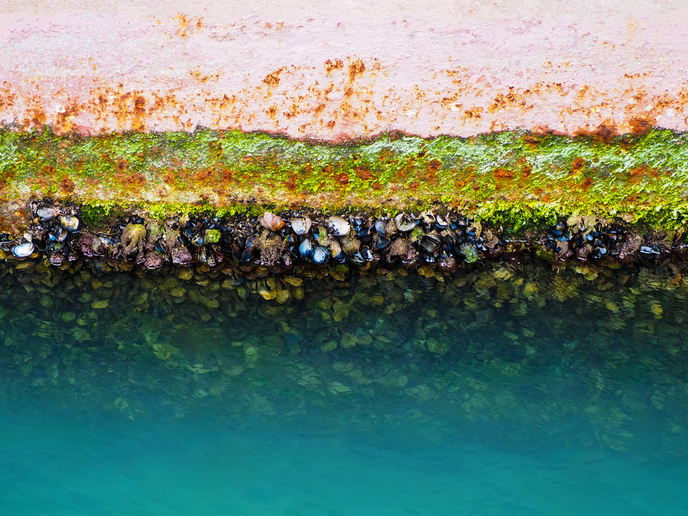Recycling of photovoltaic waste boosts circular economy
According to the EU’s Directive on waste electrical and electronic equipment (WEEE), by the end 2018, 85 % of PV waste was to be recovered and 80 % prepared for reuse and recycled. The Horizon 2020 CABRISS project helped to transform the legal obligations under the WEEE directive into new business opportunities by pioneering a circular economy based on recycled, reused and recovered indium (In), silicon (Si) and silver (Ag) materials for PV and other applications. The consortium comprised 11 companies and 5 research institutes from 9 EU countries working in a public-private partnership. According to project coordinator David Pelletier: “CABRISS focused mainly on a PV production value chain, thus demonstrating the cross-sectoral industrial symbiosis with closed-loop processes.” Industrial symbiosis describes a network of diverse organisations for fostering eco-innovation and long-term culture change and improving business and technical processes. CABRISS developed this process by providing raw materials as feedstocks for other industries, like Si waste for the metallurgy industry.
Valuable materials from PV waste
Researchers used three different sources of PV waste in the project. The first involved waste from end of life panels while the second comprised solid waste from PV production, consisting of a mixture of broken Si wafers and cells. The final source consisted of dry Si powder PV production waste, known as kerf, recovered from material lost during the cutting process. Project partners used laser technology to open the thin-film PV modules without damage, resulting in higher value for the recycled glass. “For Si-based PV modules, an innovative and water-based technology was developed, which unlike conventional shredding technologies does not break glass, resulting in the collection of all materials in Si PV modules,” says Pelletier. The expertise generated in CABRISS has inspired a new wire-based delamination technology that is particularly effective for bi-facial modules and avoids shredding. This new technology will be developed from 2021 under the auspices of the newly funded EU project PHOTORAMA, with some former CABRISS partners. This approach paved the way for high-value, high-yield recycling of PV modules (thin-film and Si) with economically efficient recovery of all reusable materials. “The result is WEEE legislation compliant recycling of PV wastes, increasing yield and quality of recovered materials, including Si, In, Ag, and high-quality undamaged glass,” Pelletier explains.
Benefits for the circularity of the PV industry
CABRISS triggered a new way of thinking about the PV industry by considering this market in a circular way. “The PV market does not only consist of selling PV modules: the market for secondary raw materials and for equipment to recover materials is also fundamental for the economy and the planet,” explains Luc Federzoni, an expert at the French Alternative Energies and Atomic Energy Commission. More recently, by combining the results of CABRISS with the EU-funded CIRCUSOL project, it became obvious that the scientific community should also investigate the ‘second’ life of PV modules. Some new projects have been launched recently in Europe on this topic that promise to create jobs and added value for Europe. This new ecosystem will contribute to a reduction in the impact of PV on the planet and increase the circularity of this industry.
Keywords
CABRISS, PV, glass, recycling, circular economy, WEEE, photovoltaic, waste electrical and electronic equipment, indium, silicon, silver







